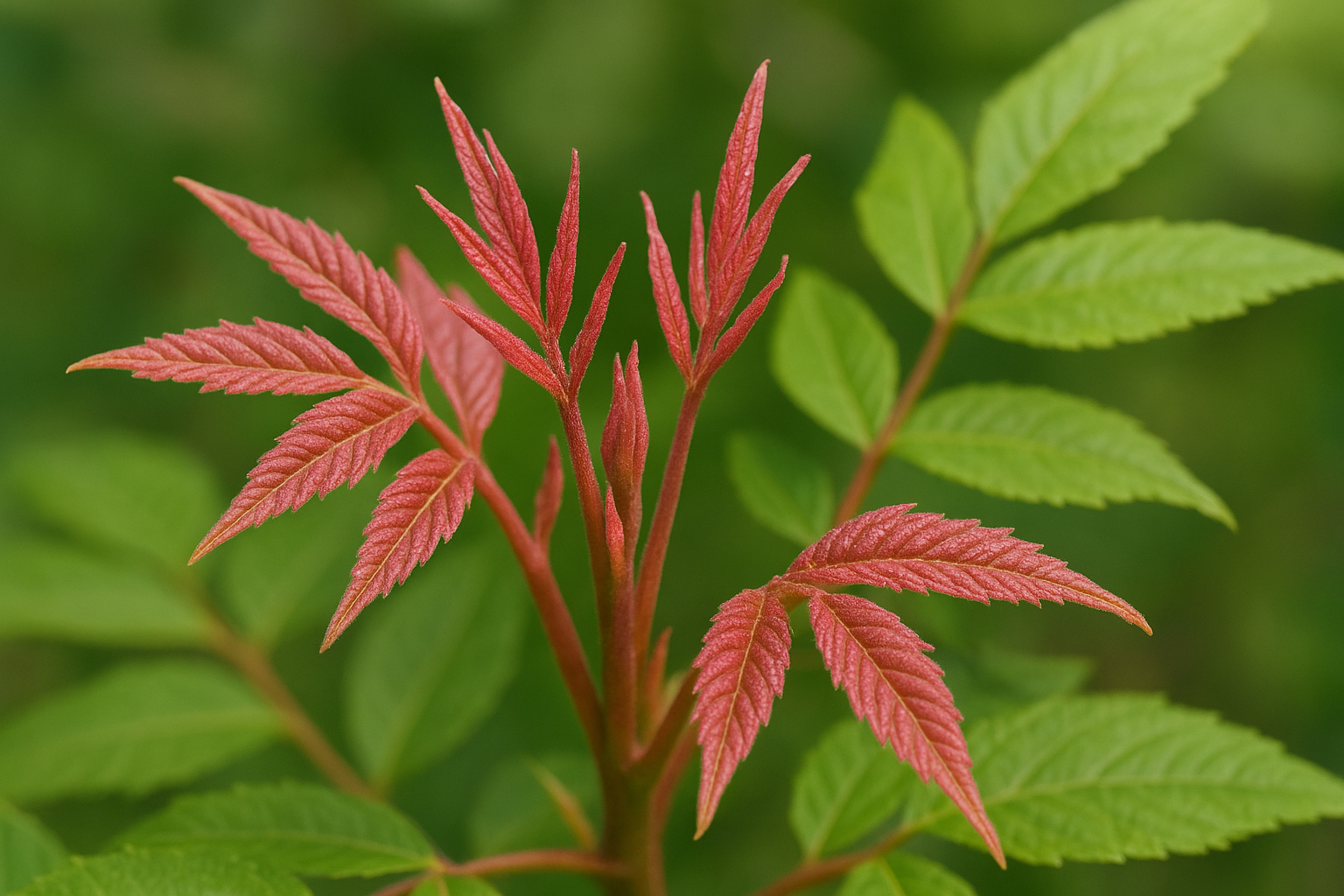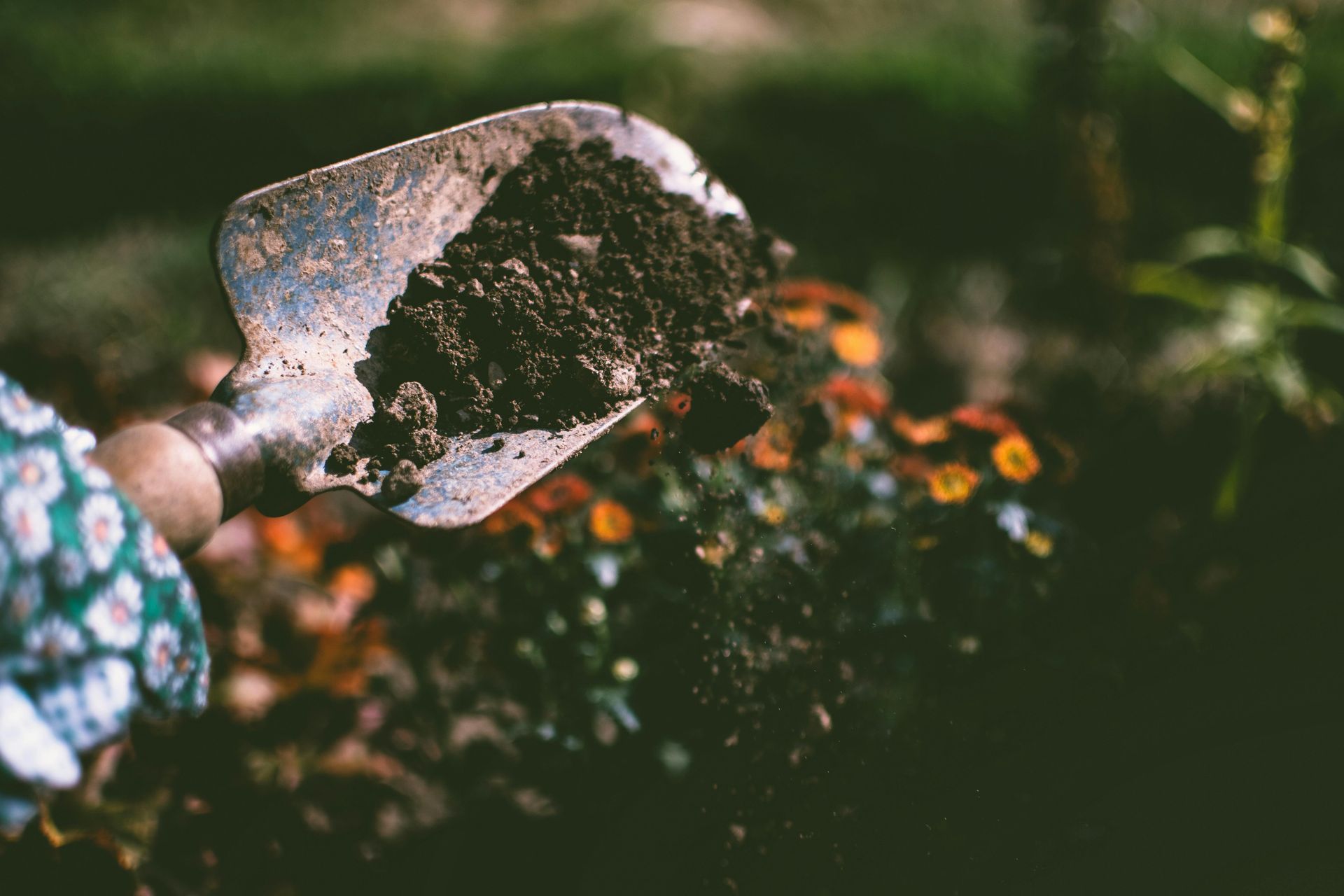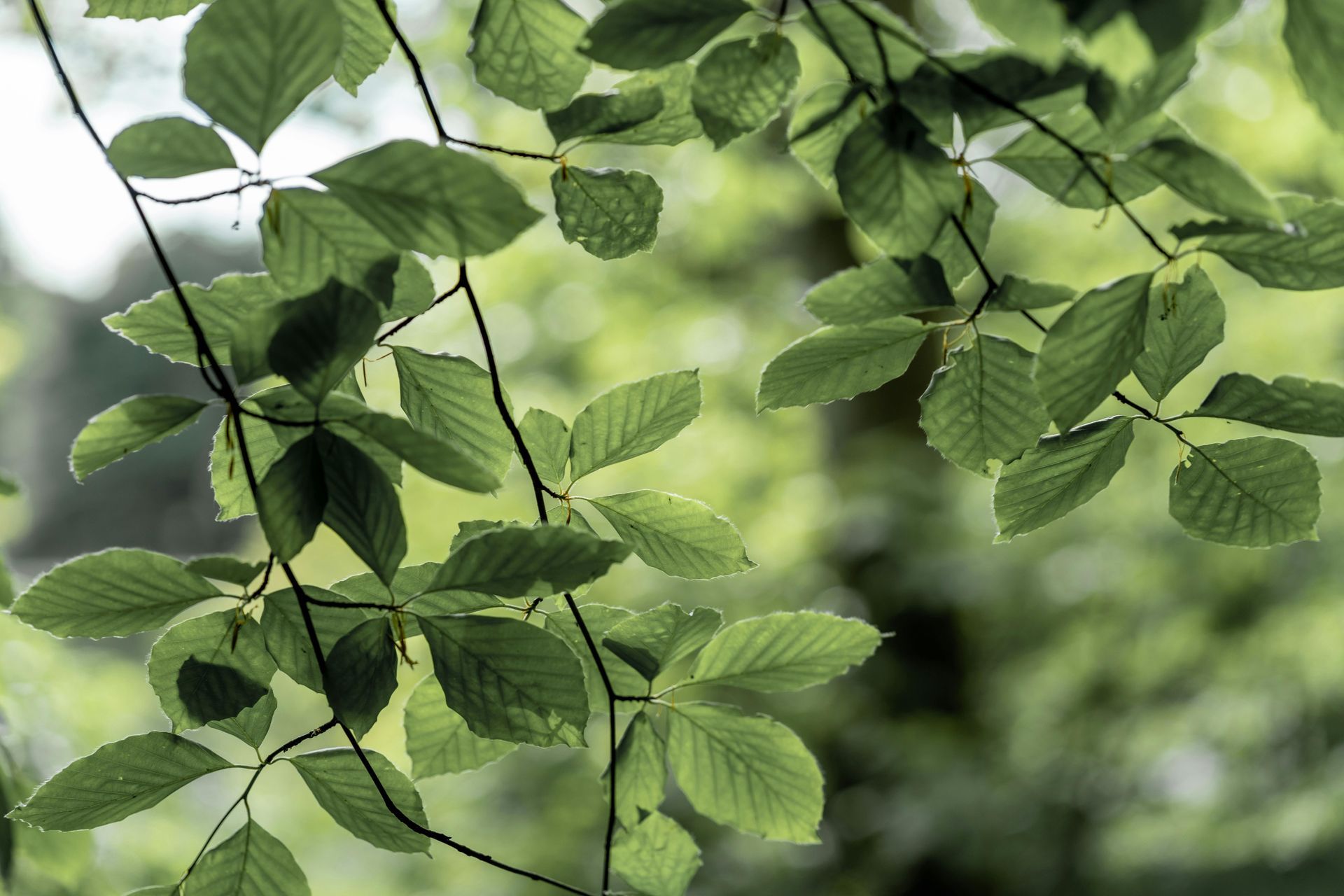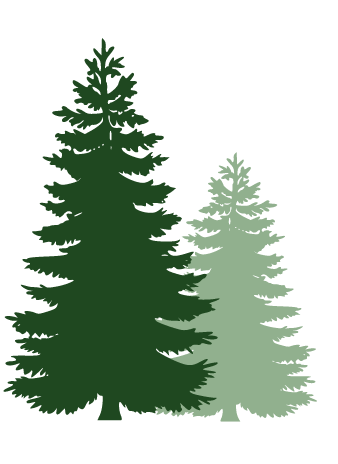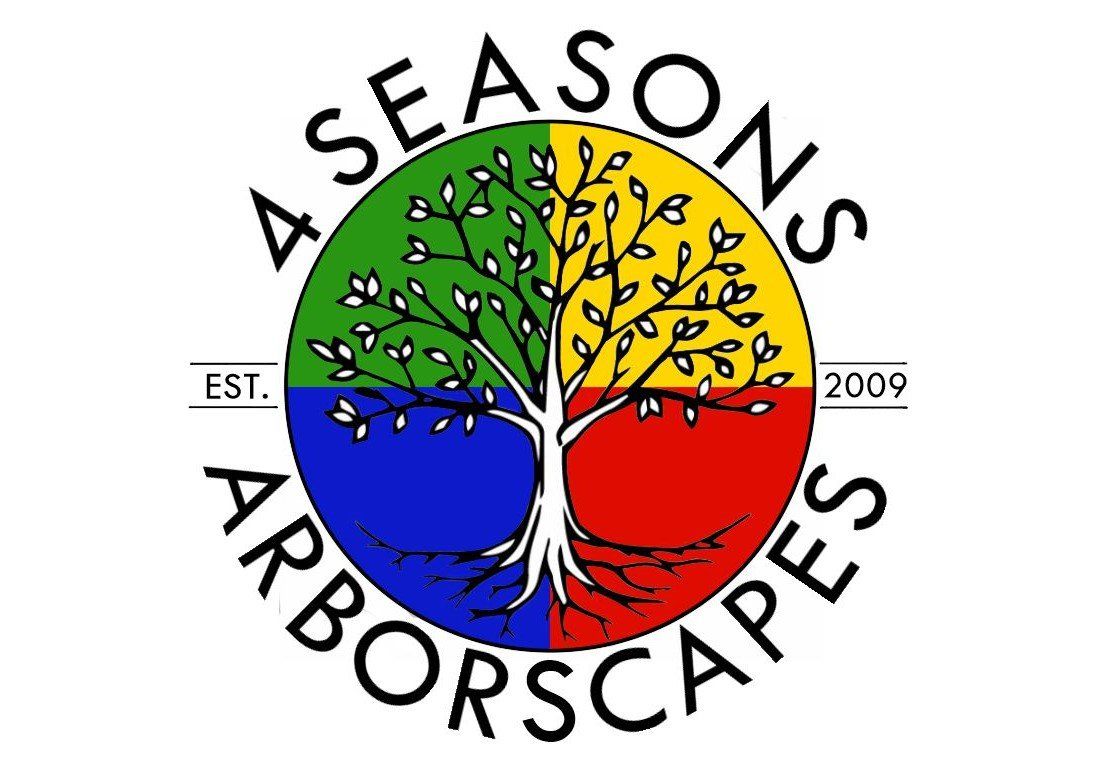The Sugar Maple
The sugar maple (Acer saccharum) is a valuable, deciduous tree known for its stunning fall color and production of maple syrup. It is native to eastern North America, primarily found in the northeastern United States and southeastern Canada. It ranges from Nova Scotia to Tennessee, and westward into parts of Minnesota and Missouri. Four states have picked this iconic tree as their state tree – New York, West Virginia, Wisconsin, and Vermont.
Sugar maples can grow between 60 to 80 feet tall, with some reaching up to 100 feet. The dense crown grows in an oval shape and offers ample shade in the summer. The tree’s leaves have five lobes and turn brilliant shades of yellow, orange, and red in the fall. The small, green flowers grow in groups hanging downward on slender stems. They flower in April and May, producing the “helicopter” winged seeds that mature in autumn. The bark is grayish-brown and becomes increasingly furrowed and rough with age. They will grow at a slow to medium rate. Expect your trees to grow from one foot to two feet each year. These trees are long-lived, often surviving 200 to 300 years under ideal conditions.
Sugar maples thrive in cool, moist climates, typically found in the northern and northeastern United States. It’s best to grown sugar maples in zones 3 through 8. They prefer well-drained, slightly acidic to neutral soils and can struggle in compacted or poor-quality soils. The tree will also grow in partial sun, with at least four hours of direct, unfiltered sun every day.
Ecological and Society Importance of Sugar Maples
Sugar maples play a significant role both ecologically and in society. Ecologically, they are a keystone species in the hardwood forests of North America, providing habitat and food for various wildlife, including birds, insects, and mammals. Their dense canopy supports a diverse ecosystem by offering shade that regulates forest temperatures, creating an environment suitable for many shade-loving plants. In society, sugar maples are essential for their contribution to maple syrup production, an industry deeply rooted in North American culture. Their high-sugar sap makes them ideal for syrup extraction, supporting local economies and creating seasonal traditions tied to maple sugaring. Beyond syrup, sugar maple wood is highly valued for its durability and aesthetic appeal, commonly used in furniture, flooring, and musical instruments. The longevity of these trees also allows them to act as historical markers in communities, standing for centuries and forming part of the cultural and visual landscape across the northeastern United States and Canada.
Challenges to Sugar Maple Viability
While sugar maples are inherently valuable, they face challenges that can impact their viability in certain environments. Their extensive root systems compete with other plants for water and nutrients, making them less suitable for small yards or heavily landscaped areas. Sugar maples are slow-growing, which can deter individuals looking for faster-growing shade trees in urban or residential settings. Ecologically, these trees are sensitive to climate stressors, particularly drought and pollution, which can weaken them in areas with changing or harsh environmental conditions. Additionally, their high sensitivity to road salt limits their placement along salted roads in winter, where salt runoff can damage their root systems. These vulnerabilities can complicate their establishment and survival in some modern landscapes, despite their ecological and societal importance.
How to Grow and Care for a Sugar Maple
- Soil Requirements: Sugar maples prefer well-drained, loamy soils that are slightly acidic. They don’t do well in compacted or waterlogged soils.
- Light: They grow best in full sun but can tolerate partial shade, especially in their youth.
- Watering: Regular watering is crucial during dry periods, especially for young trees. Mature sugar maples are more drought-tolerant but should be watered during prolonged dry spells to avoid stress.
- Fertilization: Sugar maples generally don’t need much fertilizer if planted in nutrient-rich soils. However, in poor soils, a balanced fertilizer in early spring can support healthy growth.
- Pruning: Pruning should be done in late winter or early spring before sap starts to flow. Prune dead or diseased branches and any crossing limbs that could cause wounds.
- Mulching: Adding mulch around the base can help retain moisture and regulate soil temperature, but avoid piling mulch directly against the trunk.
- Protection from Salt: If planted near roads, protect sugar maples from road salt spray or runoff by using barriers or choosing locations farther from roadways.
Final Thoughts
The sugar maple is a beloved tree due to its contribution to maple syrup production and its beautiful fall foliage. However, it requires specific growing conditions. But in the right environment, with adequate care, it can be a long-lived and stunning addition to any landscape. With its hardiness, longevity, and ability to provide shade, beauty, and wildlife support, the sugar maple is an investment that pays off for generations. Whether you're looking to enhance your landscape, or enjoy seasonal color, the sugar maple is a tree worth planting.
Check out the latest:





